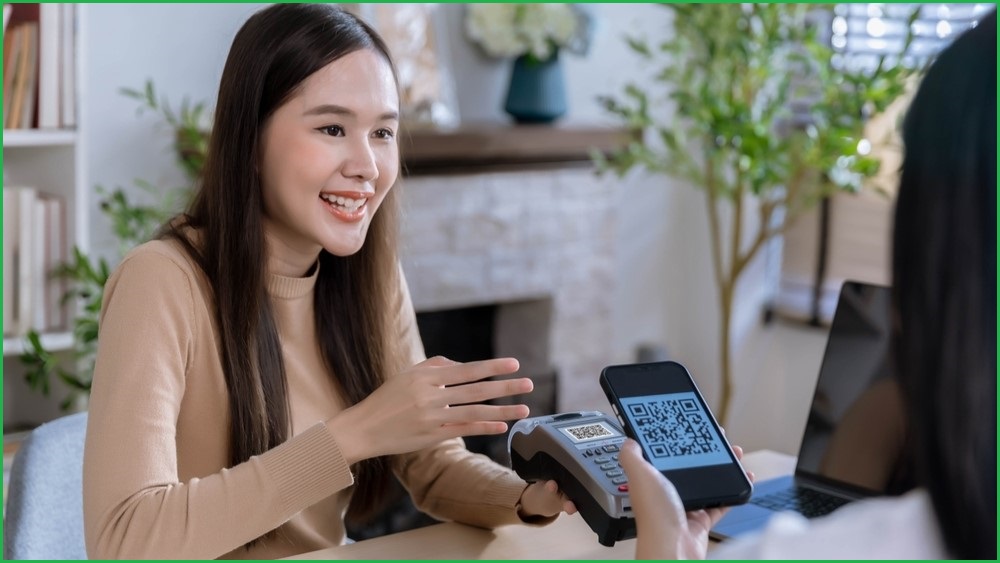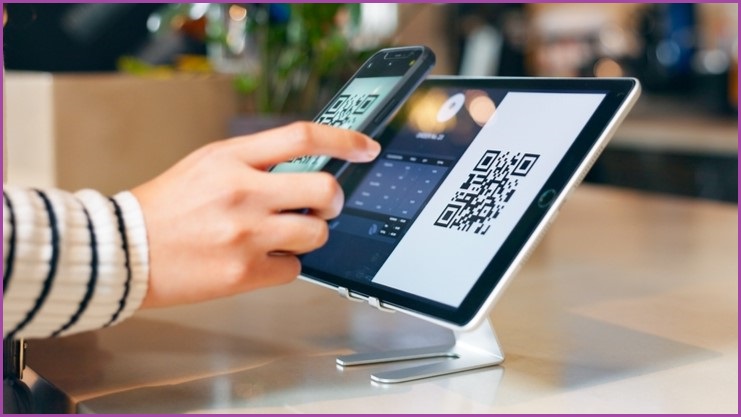Recent government moves to ban card payment fees proved controversial, but an alternative that dominates China’s payments ecosystem may prove far less so as Chemist Warehouse becomes the latest to adopt QR code based payments that will help it sidestep $15 million in annual fees.
From early next year, the chemist chain’s customers can pay by scanning a QR code on the screen of their point-of-sale terminals – allowing money to be transferred directly from their bank account to Chemist Warehouse using Pay by Bank technology, functionally equivalent to a direct deposit.
Chemist Warehouse worked with fintech Waave to integrate that company’s tools, which you access by linking the company’s app to your bank account.
The QR code contains all the information necessary to complete the transfer, with all sensitive data encrypted and transfers processed instantly in a process that does not incur the card payment fees that retailers typically tack onto the cost of purchases.
Merchants use the surcharges to transfer the cost of bank transaction fees to customers – a practice that the government recently targeted in an effort to contain profiteering by some retailers – but Pay by Bank avoids these fees by directly transferring the funds.
No credit card fees
Adopting the technology “is a strategic move” to avoid the millions that Chemist Warehouse reportedly pays to banks annually to allow customers to pay for goods with credit and debit cards, Dr My Nguyen, senior lecturer within RMIT University’s College of Business and Law, explained.
“QR codes can streamline the payments process, allowing for quick and easy transactions without the need for physical cards or additional hardware,” she said, noting that they would allow Chemist Warehouse to “[lower] operational costs and potentially passing savings to consumers.”
Chemist Warehouse isn’t the first to adopt QR code payments: brands like Muji, Vodafone, MJ Bale, and L’Occitane have already signed on to offer similar services through ePay – which aggregates similar global services including Alipay+, Wechat Pay, Union Pay, and Zip.
Another service, called eQR, was developed by dominant payments processor EFTPOS.
In development since 2021, it was launched with Subway in 2022 and has the backing of Coles, Woolworths, Commonwealth Bank, and NAB.
Competition in the QR payments space isn’t just local: Chemist Warehouse’s implementation caught the attention of global fintech Banked, which recently partnered with NAB and announced it would acquire Waave as part of its effort to build a “truly global Pay by Bank platform”.

QR codes are used throughout China to pay for goods. Photo: Shutterstock
Banked “is re-imagining mainstream payment methods…. To deliver a fairer, faster and highly secure payment network to merchants and consumers,” explains the company, whose other partners include the likes of Citibank, Bank of America, Rapyd, and Sidekicked.
An old idea in new clothes
Whereas ubiquitous barcodes are simply a standard way of representing long numbers, QR codes’ value comes from their ability to be dynamically generated – on a payment terminal or phone, for example – and to store encrypted data including URLs, product information, and user details.
That makes them inherently secure, although users need to be careful not to scan random QR codes that scammers have been known to print on stickers and attach over legitimate QR codes – a practice known as ‘quishing’.
The display of customised QR codes on the screen of a point-of-sale terminal will avoid such fraud risks for QR code retail payments, but Nguyen warns that adoption could be touch and go for some time because many consumers may be “hesitant to adopt new payment methods, especially if they are accustomed to using cards.”
Australia ‘least progressive’
Entrenched resistance by banks recently led Australia to be declared the APAC region’s least progressive adopter of alternative payment technologies, driving a very different dynamic than in China and south east Asian markets where QR code payments have been ubiquitous since 2011.
More than 800 million Chinese use Alipay QR codes each month, processing over 100 million transactions per day using QR codes that let everyone from retail giants to street buskers and beggars receive money.
Yet despite its market heft, and engaging with Australian brands to promote commercial opportunities, reports suggest that Alipay actually lost market share in Australia from 2020 to 2024 – with Statista reporting that just 1 in ten Australians used Alipay during fiscal 2023-4.
While QR code check-ins exposed most Australians to the technology during the COVID-19 pandemic, many will encounter QR code payments for the first time at Chemist Warehouse – driving a usage surge expected to increase revenues by 16 per cent annually through 2030.
It’s part of an ongoing overhaul of Australia’s electronic payments regime that, a PwC review recently advised, should drive payment service providers (PSPs) like eQR, Alipay and others to ensure core infrastructure secures and scales new platforms like QR code payments.
“The new regulatory regime will provide clarity and common standards, leveling the playing field,” the report says, noting that “compliance will help PSPs to build and reinforce trust – demonstrating to customers that their money is in safe, capable hands.”










